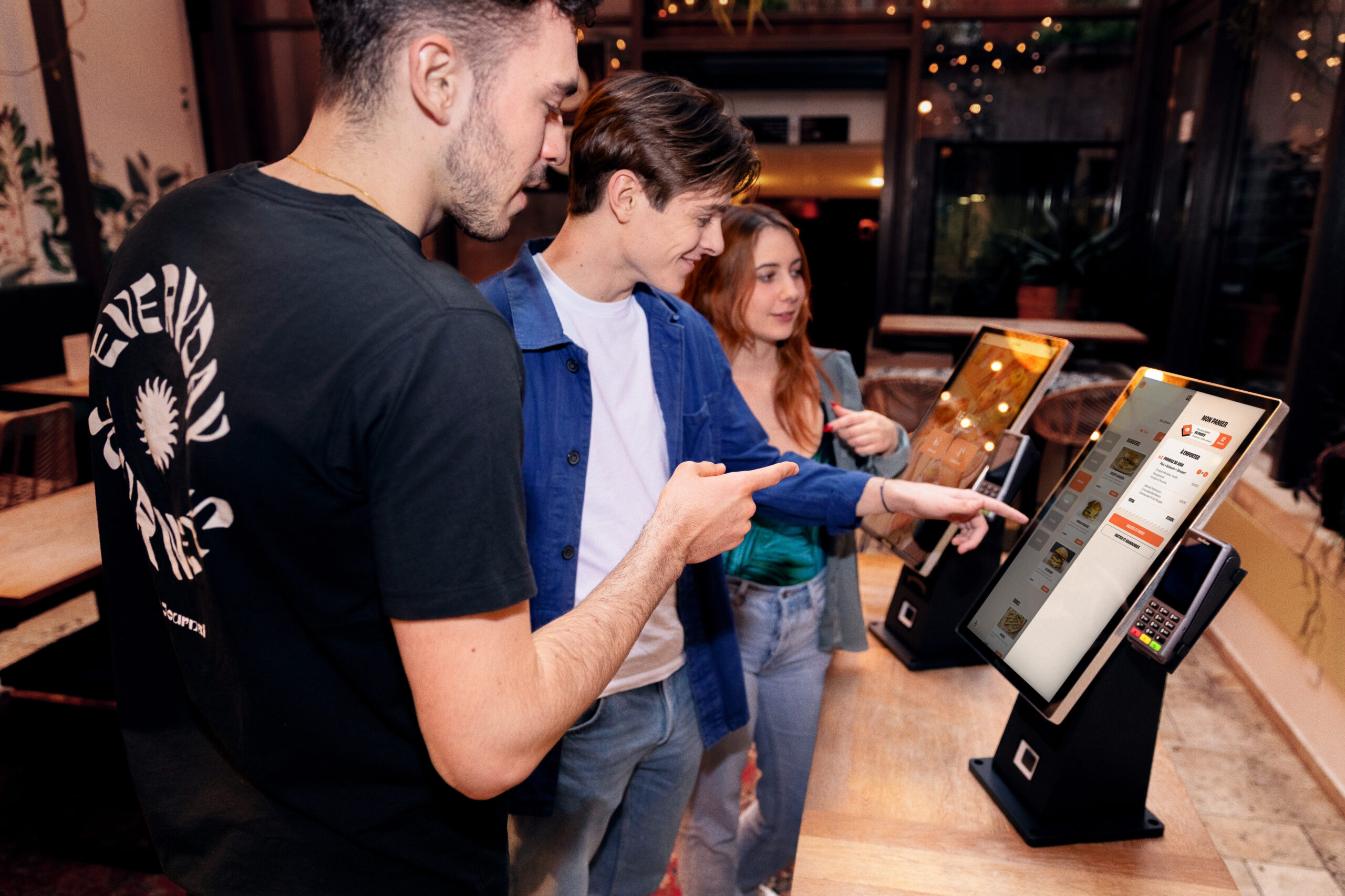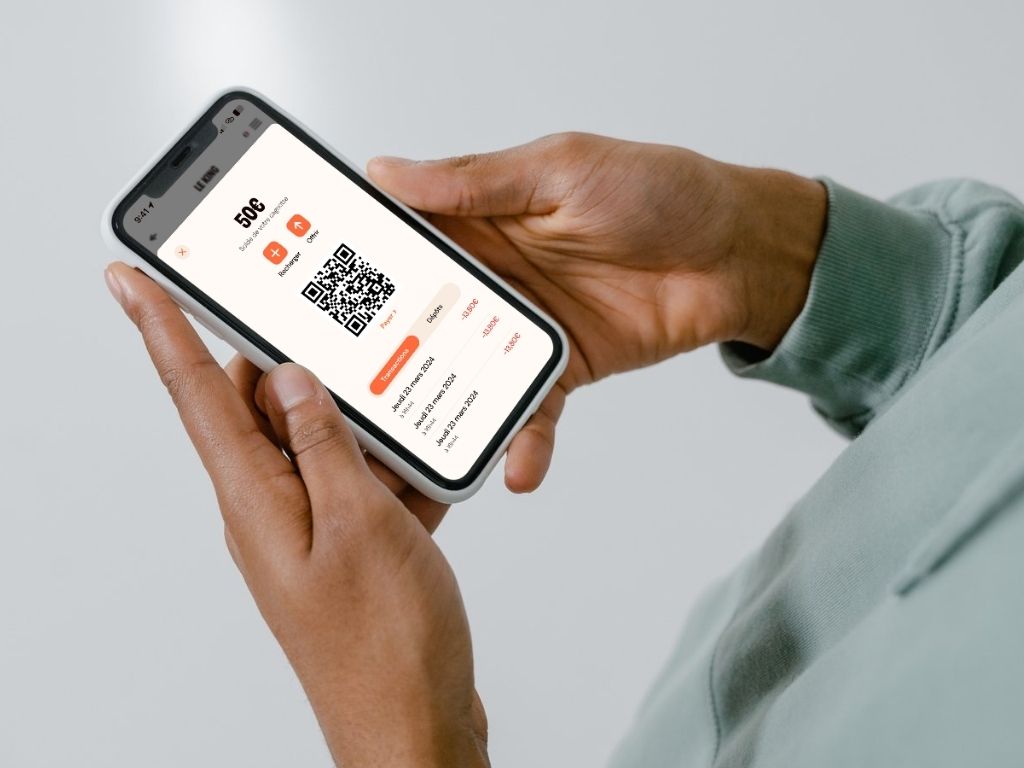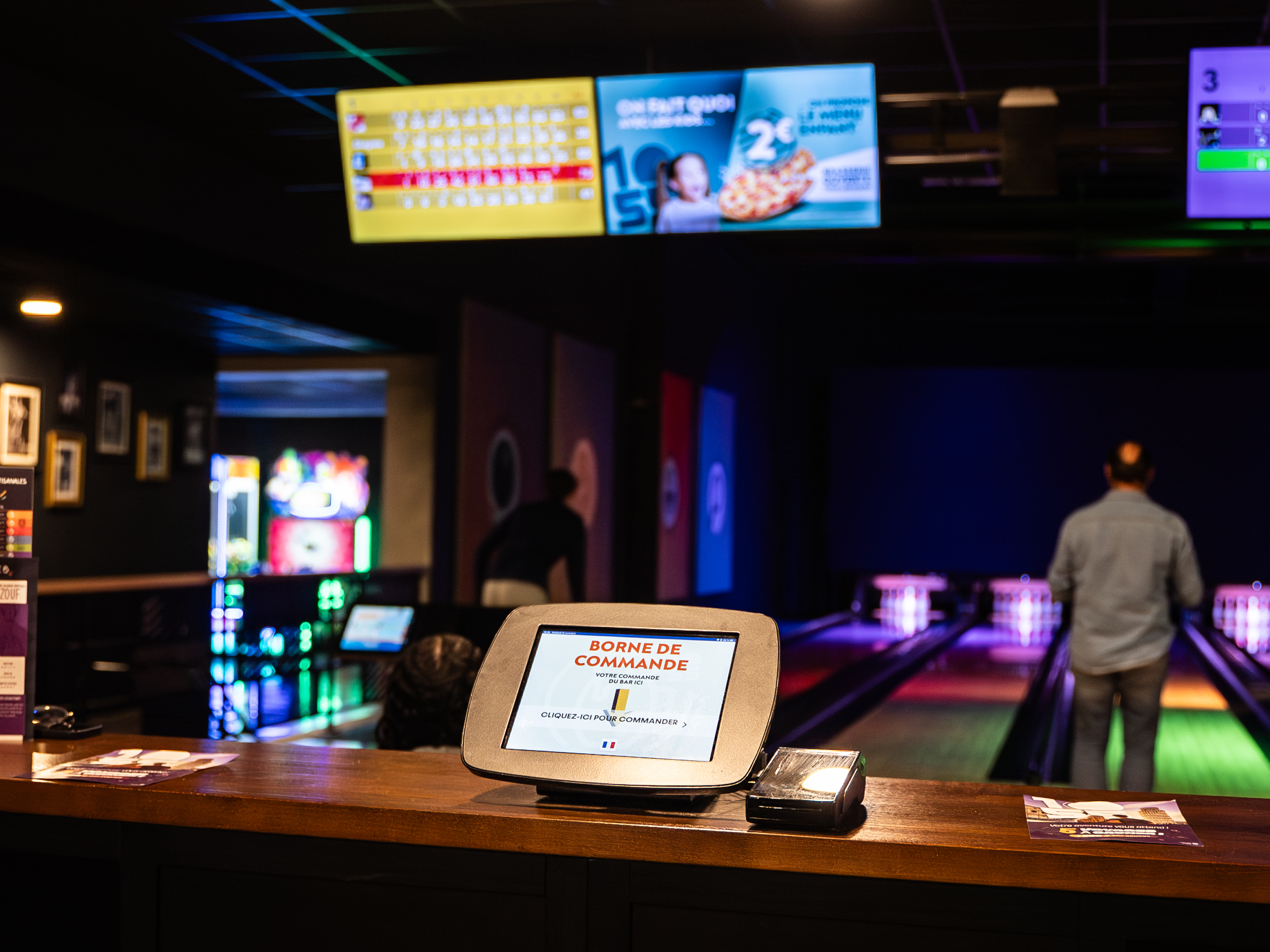Restaurants: how can you evaluate the performance of your loyalty program?
August 15, 2025
You have launched a loyalty program weeks, months or even years ago.
But does it really work?
Does your program enable you to keep your customers coming back, to sell an extra dish, to create a real bond with them?
Or are you just handing out discounts without knowing if it really makes a difference?
In this article, we take stock of
✔ the 3 pillars to check to ensure your program is based on solid ground
✔ 5 indicators to follow to find out if it really pays off
✔ and tips to boost your program's performance if you feel it's running out of steam.
What are the 3 pillars of a good loyalty program?
A loyalty program is not based on repeated discounts, but relies on a solid relationship with your customers.
01. Customer recognition
Knowing your customers' first names, their habits and their favorite dishIt's not anecdotal. It's what creates a bond. A customer who feels recognized is more likely to return.. And to do that, you need to capture the right information and use it intelligently.
02. Personalized offers
Sending the same promotion to everyone means missing out on your program's potential. A customer who has been loyal for 3 years has different expectations from a newcomer. Adapt your offers according to behavior, basket and frequency of visit. This is where loyalty becomes profitable.
03. A controlled rhythm
Too many solicitations, and you look like spam. Not enough, and you're forgotten. The right balance: a regular rhythm, consistent with the frequency of visits. There's no point in sending an offer every 2 days if the customer comes once a month. A well-placed reminder is better than a poorly-targeted automatic mailing.
Want to know more about loyalty? See our resource ➜ Building loyalty in the restaurant business: what really works in 2025
5 key indicators to assess your program's performance
01. Registration rate
This is your starting point. You can't build loyalty if customers don't sign up. Calculate the proportion of your customers who join the program over a given period.
A low rate may indicate that :
➜ registration is too complicated,
➜ the promise lacks perceived value,
➜ or is poorly promoted (signage, staff, digital media).
Want to find out more? See our resource ➜ Restaurants: how to create an attractive loyalty program?
02. Frequency of member visits
Start by looking at what percentage of your total visits come from your loyal members. The higher this figure, the more your program plays an active role in visitor numbers.
You can also track the average frequency of visits by subscribers over a given period (for example: monthly visits / number of active subscribers).
If loyal customers account for only a small proportion of your visits, or if they come back just as little as the others, the program is not having enough impact.
To test : a targeted relaunch campaign aimed at members who have been inactive for some time, and see if it brings them back.

03. Average basket of loyal customers VS non-members
A loyal customer isn't just a returning customer: it's often a customer who spends more. To verify this, start by calculating the average shopping basket of members enrolled in the program.
Then compare it to the overall average basket (all sales combined).
It gives you a good benchmark. If your loyal customers have an above-average shopping basket, the program is fulfilling its mission.
Conversely, if the figures are close or even lower on the member side, ask yourself these questions:
➜ Do you offer incentives for additional purchases?
➜ Are your rewards tied to spending thresholds?
➜ Have you identified the high-margin products to be promoted in the program?
04. Campaign activation rate
What counts is not the number of campaigns sent, but what they trigger.
To measure their effectiveness, follow :
➜ Opening rate: are your objects clear, useful and adapted to your target?
➜ Click-through rate: does the message make you want to take the next step?
➜ The conversion rate : is the offer used in restaurants? On which sales channel? When is it used?
Don't just rely on volume. A well-targeted campaignsent at the right time to a handful of active customers, can be much more profitable than a generic promo sent to the whole company. database.
Don't know where to start to improve the performance of your messages? See our resource ➜ Catering: write an irresistible e-mail marketing campaign in 5 steps
05. Return on program investment
Last but not least: does it earn you more than it costs you?
Calculate all direct costs (reductions, tools, content creation, management) and compare them with the earnings generated (increased basket, frequency, volume of repeat customers, etc.).
A low ROI may be due to a program that is poorly targeted, too generous... or poorly integrated into your overall strategy. The aim is to build loyalty profitably, not to please at a loss.
Ready to activate the full potential of your loyalty?
In 2025, a high-performance loyalty program is an essential lever for keeping good customers coming back, boosting average shopping baskets and maintaining a real competitive edge.
At Obypay, we give you the tools you need to track your figures, target your campaigns and manage your loyalty program without spending evenings at it.
Want a program that really pays off? Make an appointment with one of our experts.
Looking for ideas and best practices? Consult our tailor-made resources for the foodservice industry :
➜ Customer loyalty: why stamp cards should be banned in 2025
➜ Building customer loyalty in the restaurant business: 10 SMS marketing ideas to try out
➜ Creating a post-purchase bond: the keys to customer loyalty in the foodservice industry












